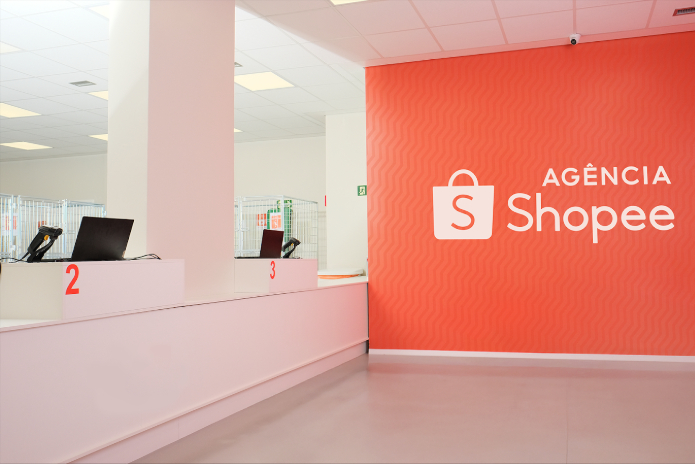The current corporate landscape is characterized by rapid change and high volume of information, requiring that the ability to deeply understand the customer and provide differentiated experiences has become a crucial strategic differentiator.
That is: at the same time that digitalization has expanded access to varied markets, on the other hand this scenario has made customers more demanding, with expectations of personalized service and immediate responses.
In this context, the integration between data analysis, Artificial Intelligence (AI) and Customer Experience (CX) has become a requirement for companies of all sizes. This trio represents not only the adoption of cutting-edge technologies, but mainly the construction of an approach that transforms data into market competitiveness.
How does data analytics, AI and CX integration work?
Data analysis, AI and CX make up an interdependent ecosystem. Data analysis is the starting point: it collects, organizes and interprets the information generated in each customer interaction from a click on a website to after-sales service.
For this to happen, the data repository tools (data lakes) and data storage (data warehouses) structure content and identify behavior patterns such as preferences and feedback in real time.
This data, however, only gains “vida” when processed by AI algorithms that are responsible for anticipating scenarios or trends and automating decisions accurately, generating tangible value for the operation and evolution of the company's business.
Finally, CX makes the buying journey more fluid by offering customized solutions, while predictive Business Intelligence (BI) dashboards allow managers to execute strategies on several fronts, such as marketing, sales, customer service and finance, among others.
For example, imagine a customer searching for a product on the internet. AI, powered by historical browsing data of this customer, can predict his interest in complementary items and offer recommendations in real time. If he abandons the shopping cart, automated systems can send a personalized offer, recovering the sale. All this occurs without human intervention, but with analytical accuracy.
Benefits that go beyond operational efficiency
A McKinsey survey found that companies that integrate AI and data analytics with CX strategies are up to 25% more likely to grow revenue, proving that the union of these three areas goes beyond simple process optimization.
The main benefits of integrating data analytics, AI and CX are:
- Hyperpersonalization at scale: accelerates strategic decision making.The reporting time can be reduced from several days to a few minutes, which consequently improves the quality of the actionable insights,this agility allows operational efficiency to grow up to 40%, as reported by McKinsey. Thus, AI enables segmentation creation, customizing customer communication at scale, without compromising scalability.
- Anticipating scenarios: Predictive models analyze behavioral data to identify trends before they become obvious. Retailers use AI to adjust seasonal inventories, reducing costs with excess or lack of products by up to 30%, according to Gartner. Dynamic segmentations, based on predictive algorithms, increase the relevance of communications, resulting in up to 25% increase in conversion rates and 30% reduction in the churn, according to research by Forrester Research.
- Loyalty: customer centricity strengthens loyalty, reflecting the increase in Net Promoter Score (NPS) and the growth of Customer Lifetime Value (CLV). To reinforce this benefit, I point out two findings from market studies: companies with an AI-driven CX strategy report 1.8 times higher revenue, according to IDC; the integrated adoption of AI and CX can generate Return on Investment (ROI) of up to 300% in two years, as disclosed by Accenture.
Technology to create smarter, more empathetic connections
Acceleration and adaptability are key words in an enterprise environment where integration between data analytics, AI and CX is not just a tool for improving internal metrics.
In fact, it is a revolution in the way organizations respond to factors such as regulatory changes, economic volatility and behavioral transformations. Instead of treating customers as numbers in spreadsheets, technology allows them to see them as unique individuals whose preferences shape the future of business.
I cite another practical example: telecom companies are using predictive analytics to identify customers likely to cancel services, intervening with relevant offers before the decision is made. This type of proactive approach, which would be impossible without the use of AI and data, reduces the cancellation rate by up to 15%, the Harvard Business Review pointed out.
We cannot forget the human factor
However, this transformation requires robust data governance and an internal culture oriented to experimentation, with the presence of multidisciplinary teams to test hypotheses and accelerate innovation cycles.
Many companies fear automation will make relationships impersonal, but the truth is the opposite: technology highlights human potential.When machines take on repetitive tasks, teams can focus on what really matters to the company, which is creativity, strategy and building connections with customers.
For leaders, the message is clear: investing in this integration is the basis for innovating with agility, competing in saturated markets and, above all, delivering value so that the experience exceeds the price as a differential.











